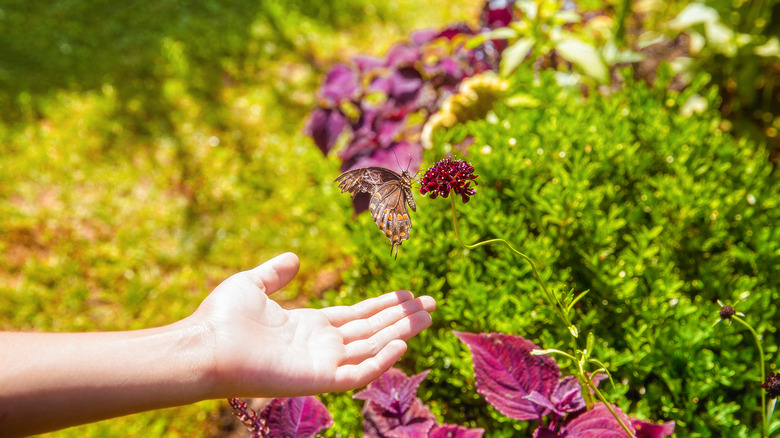Garden Trees, Shrubs & Vines
Tricia Goss
If you’re a gardening enthusiast, you might have come across the Japanese barberry plant and been captivated by its beautiful foliage. The leaves of this plant come in a range of colors, from bright red to sunny yellow, and they’re a real showstopper in the fall. Even in the depths of winter, the Japanese barberry can add a touch of color to your garden. However, as a responsible gardener, it’s important to consider any potential environmental and health risks before adding this plant to your outdoor space.
One of the main concerns with Japanese barberry is that it can be invasive. Additionally, the plant can carry diseases that are harmful to both humans and animals. Once established, it can be challenging to remove from your garden. Given all of the concerns associated with it, it might be worth exploring alternative plant options that can provide the same level of beauty without any potential risks. By carefully weighing the pros and cons of the Japanese barberry and other plant choices, you can make informed decisions about how to enhance the beauty of your outdoor space while minimizing any negative impacts.
The downsides of Japanese barberry
@jess.wattsrealestate
Japanese Barberry is an invasive that is a known to harbor ticks carrying lime disease. #gardening101 #newyorkrealestate
♬ original sound – Jess | Green Real Estate♻️
Japanese barberry can easily outcompete native plants, disrupting the balance of your garden. This can lead to problems with the garden’s beauty and overall health. Additionally, it doesn’t provide much nourishment for local wildlife, which negatively impacts biodiversity. As the shrubs are not a preferred food for deer, they can thrive undisturbed and produce more seeds, further fueling its spread.
This shrub can also alter soil acidity, making it difficult for other plants to grow, and contributing to its invasive behavior. It’s crucial to note that Japanese barberry shrubs can attract blacklegged ticks that can carry Lyme disease. These ticks thrive in the dense and moist environment created by the shrubs. If you’re considering removing Japanese barberry from your garden, be prepared for a significant challenge. This plant has an extensive root system and produces a lot of seeds, making it tough to get rid of. Eliminating this invasive plant takes a lot of time and resources, so it’s essential to think carefully before introducing it to your garden.
Native alternatives

EvgeniiAnd/Shutterstock
If you’re concerned about the potential issues of planting Japanese barberry in your garden, consider exploring alternative plant choices that offer both beauty and ecological benefits. Opting for native plants is a responsible and sustainable approach to gardening that supports local biodiversity, wildlife, and pollinators while minimizing the risks associated with invasive species like Japanese barberry.
For example, American beautyberry features clusters of vibrant, purple berries that add elegance to your garden. Its berries provide essential nourishment for birds and other wildlife, contributing to local biodiversity. Spicebush, a shrub known for its aromatic leaves and bright red berries, attracts pollinators and serves as a host plant for the spicebush swallowtail butterfly, making it a valuable addition to wildlife-friendly gardens. Virginia sweetspire boasts fragrant white flowers in the spring and stunning crimson foliage in the fall. It thrives in a variety of soil conditions and brings pollinators to your yard and garden, making it an excellent choice for gardeners looking to attract beneficial insects. Eastern red columbine is a favorite of hummingbirds with its unique, red and yellow flowers. It’s a delightful addition to shade gardens and woodland areas.
These alternatives not only enhance the beauty of your garden but also contribute positively to the local ecosystem. They provide habitat and food for wildlife, support pollinators, and thrive in the natural conditions of your region.



